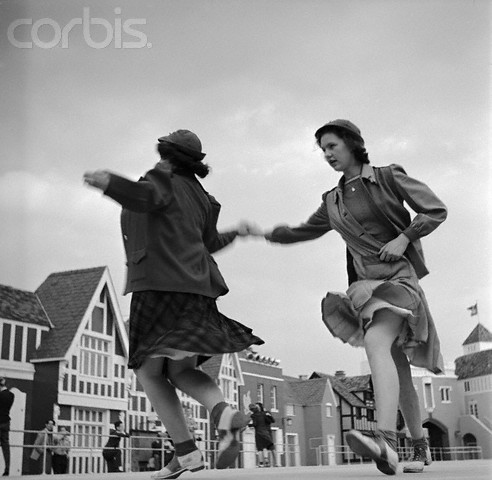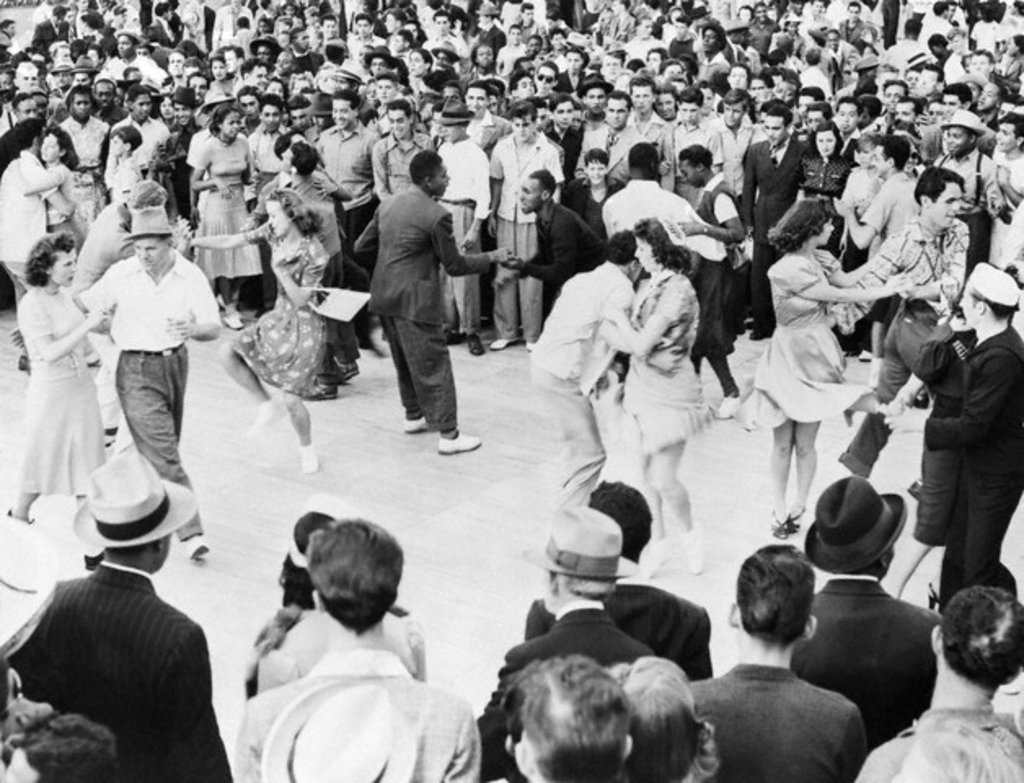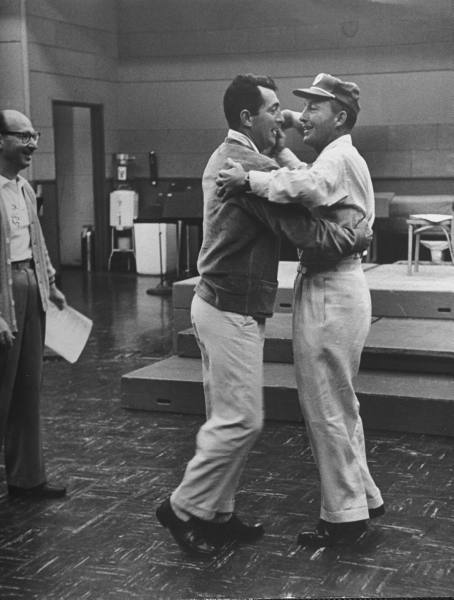Firstly:
I am so trashed. I am so wrecked. My poor, poor body. We raised > $2000 for the Taree Women and Children’s Refuge last night at One Billion (Jazz Dancers) Rising. It was an event run by a gang of women (with some male helpers) – which is really business as usual in the Sydney lindy hop scene – at the Petersham Bowls Club. It had lots of sponsors. It was really, really good. I had a massive amount of fun. I heard some guy say at some point “We should do more fundraisers!” and I agree.
I still have nine million things to do this week.
Secondly:
This week on FB some guy gave me a patronising telling off and then a mansplain about why I shouldn’t just complain about blokes doing dodgy stuff in the dance world, I should speak to them about it. In a thread that I had begun with the comment that I was done with mansplainers ‘helping’ female DJs.

Why thank you, Elder, it hadn’t occurred to me that speaking to people about these things directly, or doing something about these things might be helpful. Where would I be without you to explain where I went wrong with my irrational ladytalk?
Hilary Clinton doesn’t have enough nods to express my feelings.

For fuck’s sake.
I am done. I am so done. imma gonna ride my happy post-successful-event mellow right outta this town.
Thirdly:
I cannot be fucked getting back into that whole thing about …whatever it was. I feel obliged to respond and continue, but, honestly, I cannot be bothered. I do want to write about gendered language and dance at some point, but then, I’ve done that a lot already. It’s kind of first year undergraduate stuff, and I’ve gone over it and over it a million times before, here on this blog and elsewhere. Feminism 101 has a piece on it. And I think Feminism 101 gives me a good reason to not do that ‘mother’ thing for people asking why we need to use non-gender specific language:
The first reason FF101 exists is to help ensure that discussions between feminists don’t get continually derailed by challenges from newbies and/or antagonists to explain and justify our terminology and conclusions to them, right now! Substantive challenges can be valuable, but constantly having to explain basic theory over and over, when an interesting discussion was underway, gets really frustrating. There’s a time and a place for discussing the basics, and disrupting a discussion on other feminist topics is not that time and place.
Gender-specific language was not the most important part of Ladies first: Sometimes we are triumphantly cycling to victory in our sports bras, though it was the first part. So if you need help with language use, check out Feminism 101.
Before I decided I couldn’t be fucked, I asked a scholar friend for a basic intro to this stuff. I can’t believe I did this: google could have given the solution as quickly. I could have written something. I am a lazy arse. But my friend Kerryn is a complete gun. Her guide to language is below. As you can see, this is not the final point in our discussion. It’s a first step in the discussion of why we shouldn’t assume all or most leads are male and all or most follows are female. In generalising we make exceptions to these difference invisible or a weird aberration. And in assuming follow = woman (and lead = man) we’re just wrong. It’s wrong. It’s wrong. It’s wrong. And there is no historical evidence to support this thinking. Women have ALWAYS led. Men have ALWAYS followed. An AWFUL LOT of women lead, know how to lead, demonstrate leading, teach as leads in class. I don’t know a top rank female lindy hop teacher who can’t lead, even if she doesn’t identify as a lead. Because it’s part of being a good dancer. It’s just that an awful lot of retrosexists like to rewrite history to make the female lead and the male follow invisible. And dodgy language use perpetuates this myth.
…but I have to stop. Time is getting away from me. And this post is harshing my mellow.
Kerryn Goldsworthy, a very clever friend who is more than qualified to write about this sort of thing did this for me:
A Very Basic How-To Article for Using Non-Gender-Specific Language.
(For Sam Carroll, as requested)
PRONOUNS
1) The traditional, ie pre-feminist, grammar rule is that ” ‘he’ includes ‘her'” (as in, say, ‘Man is a mammal: he is a warm-blooded animal and he gives birth to live young’), and that masculine pronouns — he, him, his, himself — should be used in cases where both sexes are being talked about. Any woman can see that this is palpable nonsense, and reinforces the notion that women are lesser, and relative, creatures.
This is the underlying principle of non-gender-specific language: to avoid the implication, in your use of language, that women are a lesser variation on the theme of, and a sub-set of, men. Avoid any language reinforcing the notion that — as Simone de Beauvoir once said — ‘There are two kinds of people: human beings and women.’
2) Therefore, such phrases as ‘he or she’, ‘him or her’ and ‘his or her’ are perfectly acceptable, and a much more accurate reflection of reality. ‘She or he’, ‘her or him’ and ‘her or his’ are also acceptable, particularly if you want to make a point.
3) Sometimes, however, these phrases may look barbaric to you. In which case, rewrite the sentence in order to avoid the problem.
Examples: ‘Each winner took home his or her choice of wines.’ = ‘All the winners took home the wines of their choice.’
4) There is a newish thing called the ‘singular “they”‘, designed to avoid non-gender-specific language, as in ‘Each teenager decided what music they wanted.’ This is also (IMO) barbaric. ‘They’ is by definition a plural pronoun, and ‘singular they’ is therefore an oxymoron. Again, as in (3), rewrite the sentence.
OCCUPATIONS
The names of some occupations are gender-neutral: writer, teacher, factory hand. Others are not: actor/actress and waiter/waitress, in particular, still persist. There is no difference between the work these people do, and therefore no earthly reason why they should be differentiated by gender. But a lot of this sort of usage has died out and a good thing too: words once in use but no longer common include ‘poetess’, ‘authoress’ and ‘chanteuse’, as though it’s necessary when talking about artists to say which sex they are. It’s not.
GENERALISATIONS
‘Goodwill to all mankind’ presumably means you don’t care about the women. ‘Jobs for the boys’ presumably means that none of the women are being given jobs they haven’t competed for and don’t deserve. ‘The sales counters are being manned by the casual staff’ presumably means that all the casual staff are blokes. Acceptable alternatives are, respectively, ‘humanity’, ‘nepotism’ and ‘staffed’. If you can’t think of a non-gender-specific alternative, use your thesaurus and be creative.
Forms such as ‘foreman’, ‘chairman’ and so on are a bit of an issue because people like to argue the toss about them. The Wikipedia entry for ‘chairman’ is extremely interesting on this point.
The main thing is to remember that if you are referring to a group or activity that includes both sexes, masculine pronouns and any form of the word ‘man’ are all best avoided.
Isn’t Kerryn great? I’m so grateful.
And now, I have more work to do. Pity me, as I prop my eyelids open and take Bechet intravenously to help me make it through.



